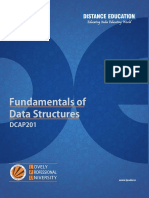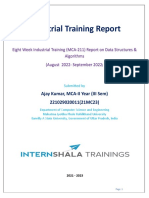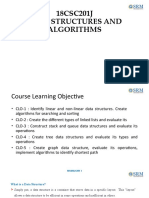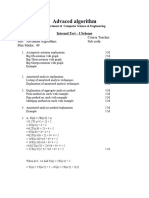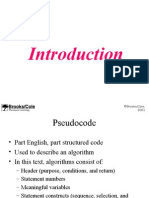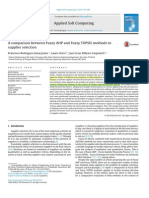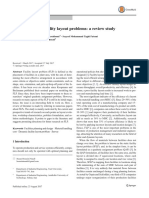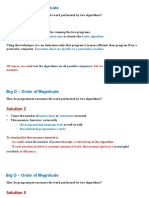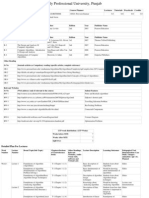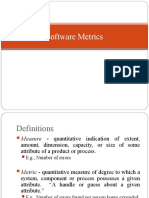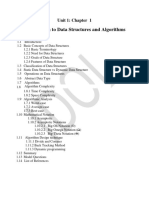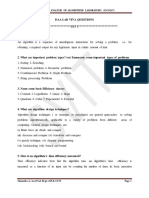0% found this document useful (0 votes)
130 views76 pagesDSA Unit 1
DSA unit 1 notes
Uploaded by
Priyanshu TakCopyright
© © All Rights Reserved
We take content rights seriously. If you suspect this is your content, claim it here.
Available Formats
Download as PDF, TXT or read online on Scribd
0% found this document useful (0 votes)
130 views76 pagesDSA Unit 1
DSA unit 1 notes
Uploaded by
Priyanshu TakCopyright
© © All Rights Reserved
We take content rights seriously. If you suspect this is your content, claim it here.
Available Formats
Download as PDF, TXT or read online on Scribd
/ 76














